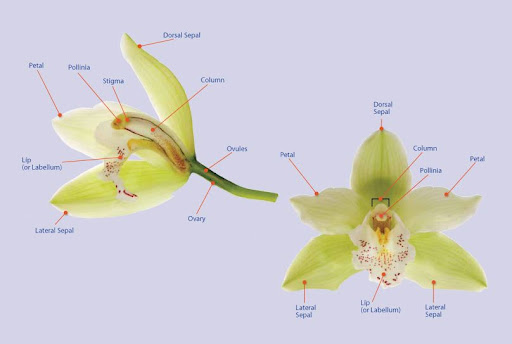Free Courses Sale ends Soon, Get It Now


Free Courses Sale ends Soon, Get It Now



Disclaimer: Copyright infringement is not intended.
A new species of orchid, called Crepidium assamicum, was discovered in Dibru-Saikhowa National Park in Assam.
|
About |
It is a new species of orchid discovered in Dibru-Saikhowa National Park in Assam. Their numbers are approximately 500–600 individuals in the wild. |
|
Scientific Name |
Crepidium assamicum |
|
Characteristics |
They have a large flower cover and blooming period from July to August. Their flowers have minimal or no fragrance. |
|
Habitat |
These species thrive in open grasslands and they do not prefer dense forests. |
|
Distribution |
These orchids are confined to the open grassland near the riverbank of Dibru-Soikhowa river in Assam. |
|
Conservation Status |
They have been provisionally assessed as Near Threatened per IUCN Red List of endangered species in 2024. |
Orchids are non woody perennial plants of family Orchidaceae.
It has over 25,000 species and nearly 1,000 genera.
They are predominantly found in tropical regions.
They are categorised into three life types:
(1) epiphytic,
(2) terrestrial and
(3) mycoheterotrophic.
Orchid flowers have unique and differing structural characteristics. These are:
They have pollinia, which are masses of pollen that facilitate specific pollination strategies.
The stamens and pistil are fused to form a column. This distinguishes orchids from other flowering plants.

They have a Lip or Labellum, which is a specialized petal that serves as a landing platform for pollinators.
Seeds of Orchid are tiny and lack an endosperm. They depend on mycorrhizal fungi for germination and uptake of nutrients.
Orchids survive in diverse environments, from sea level to elevations of 4,600 metres.
They are found in tropical montane forests, temperate zones, and even in arid regions.
Orchids in India:As per the Botanical Survey of India:
|
Many orchids in many cases form mutualistic relationships with fungi, which helps orchids in their nutrient absorption and growth.
The flower structures of orchids are adapted to attract particular pollinators, which enhances their reproductive success.
The complex flowering structure facilitates the transfer of pollinia to visiting insects to ensure effective cross-pollination.
Vanilla Production: The most notable economic product which is derived from orchids is vanilla. It is sourced from Vanilla planifolia orchids and related species.
Traditional Uses: Traditionally Orchids have various applications in folk medicine, culinary products, and as natural adhesives.
For its diverse usage and applications Orchids are important flora in India.
Important articles for reference
Sources:
|
PRACTICE QUESTION Q.Consider the following statements about Orchids:
Which of the above statements are correct? A)1 and 2 only B)2 and 3 only C)1, 2 and 3 only D)None Ans: B Explanation: Statement 1 is incorrect: Orchids are non-woody perennial plants of the family Orchidaceae. It has over 25,000 species and nearly 1,000 genera. They are predominantly found in tropical regions. They exhibit diverse growth habitats which includes terrestrial and epiphytic forms, and many species adapted to specific ecological niches. Statement 2 is correct: Orchid flowers have unique and differing structural characteristics. These are: They have pollinia, which are masses of pollen that facilitate specific pollination strategies. The stamens and pistil are fused to form a column. This distinguishes orchids from other flowering plants. Statement 3 is correct: Seeds of Orchid are tiny and lack an endosperm. They depend on mycorrhizal fungi for germination and uptake of nutrients.Many orchids in many cases form mutualistic relationships with fungi, which helps orchids in their nutrient absorption and growth. |
© 2024 iasgyan. All right reserved